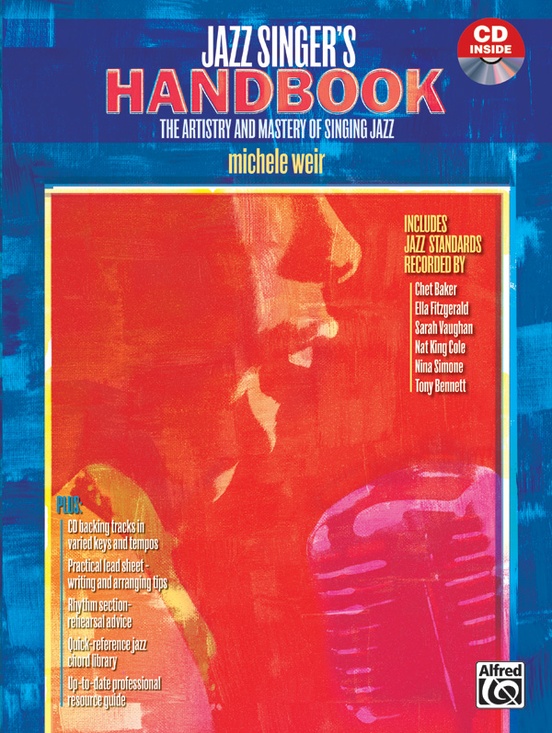WHISTLE BLUES
Composed and Arranged by Mary Lou Williams and Milton Orent, Edited by Jeffrey Sultanof

Cat #: JLP-8889
$75.00This item usually ships within 1 business day.
Questions?
Please call +1-518-587-1102 or email us.
Edition: Jazz Big Band Arrangement
Description: Swing - Medium
Publisher: Jazz Lines Publications
Williams wrote Camel Hop and Roll 'Em for Benny Goodman while she was still with Andy Kirk’s band, and in late 1946, Williams started writing for him again. At the time, he had his own radio show with pianist Victor Borge, and in 1947, he would begin a new recording contract with Capitol Records. Goodman recorded Williams's Lonely Moments and Whistle Blues, a novelty that was recorded a few times during 1946 and 1947. Although the original parts exist for the Goodman version of Whistle Blues, we have decided to issue the stock arrangement of this piece instead. It is very similar to the recording made by Milt Orent’s orchestra for Moe Asch’s Disc label (Asch would later create the legendary Folkways label), and is a more interesting treatment of the material.
The original publication has a bit of history. In 1947, Goodman’s publishing company Harman Music issued both Lonely Moments and Whistle Blues as octavo-sized stock arrangements with Goodman’s image on the cover. The copyright notices on both are credited to Harman, but this was an error. It is believed that Goodman thought that he was buying the copyrights themselves and released the stocks with that understanding, but Williams refused to sell them to him. Both publications were promptly withdrawn. I was fortunate to obtain copies of both from Gene Goodman, who ran Goodman’s publishing company (the actual owner of the company was Harry Goodman, who'd played bass for Benny during the thirties).
Milt Orent is co-credited as composer of Whistle Blues, and he may be the arranger of this version.
Notes to the Conductor:
For ease of reading, the sections where the entire band whistles have been notated in concert.
Because it was common practice to arrange a stock so that it could be played by a smaller band, the second and third trumpet and trombone parts have frequent voice crossings. This publication presents the parts as originally written.
2 Alto Saxophones
2 Tenor Saxophones
Baritone Saxophone
3 Trumpets
3 Trombones
Guitar
Piano
Bass
Drums
Trombone 1: F4








